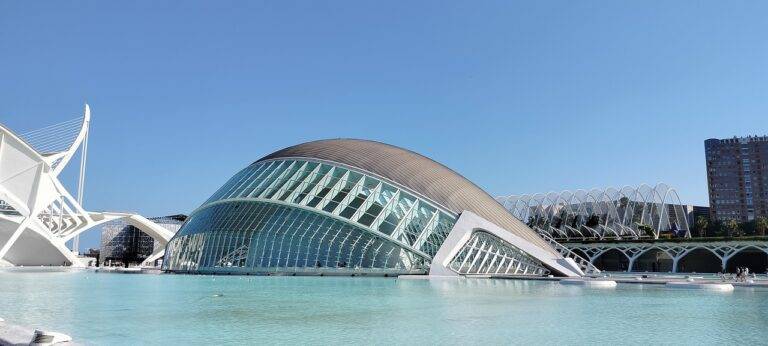The Future of CGI in Live Theater: Blending Technology with Traditional Performances
Special effects in live theater have undergone a significant transformation over the years. From the early days of using basic props and lighting techniques to create illusions on stage, to the more recent incorporation of advanced technology like holograms and projection mapping, the evolution has been nothing short of remarkable. These advancements have enabled productions to create immersive and visually stunning experiences for audiences.
The use of special effects in live theater not only adds to the overall production value but also enhances the storytelling by bringing fantastical elements to life on stage. Through the creative use of lighting, sound effects, and mechanical devices, directors and designers are able to transport audiences to different worlds and time periods, creating a sense of wonder and excitement that is unique to live theater. The evolution of special effects has allowed for a greater level of creativity and artistic expression, pushing the boundaries of what is possible on the stage.
Advantages of Using CGI in Modern Productions
CGI, or computer-generated imagery, has revolutionized modern productions across various entertainment industries. With the ability to create incredibly realistic visuals that were once impossible to achieve on stage, CGI offers a whole new dimension to live theater performances. This technology allows designers to transport audiences to fantastical worlds, immerse them in breathtaking landscapes, and bring mythical creatures to life right before their eyes.
Moreover, CGI enhances the overall visual storytelling experience by enabling intricate special effects that can captivate audiences and enhance the narrative. Whether it’s creating spectacular explosions, simulating gravity-defying stunts, or seamlessly morphing characters into fantastical beings, CGI adds a level of visual spectacle that immerses viewers in the production. This innovative technology opens up a world of creative possibilities for directors, designers, and performers to push the boundaries of live theater and deliver unforgettable experiences to audiences.
What is CGI?
CGI stands for Computer-Generated Imagery, which refers to the creation of visual effects using computer software.
How has CGI evolved in live theater productions?
CGI has revolutionized live theater productions by allowing for more realistic and immersive visual effects that were previously impossible to achieve on stage.
What are the advantages of using CGI in modern productions?
Some advantages of using CGI in modern productions include the ability to create stunning visual effects, enhance storytelling, save time and money on set design, and bring fantastical elements to life.
Can CGI be used in all types of productions?
Yes, CGI can be used in a wide range of productions, including films, television shows, commercials, video games, and live theater.
Are there any drawbacks to using CGI in productions?
While CGI can enhance productions in many ways, some drawbacks include the potential for over-reliance on visual effects, increased production costs, and the need for skilled technicians to create and implement CGI effects.





